Xiaopeng Gong
Deep Distance Map Regression Network with Shape-aware Loss for Imbalanced Medical Image Segmentation
Jan 15, 2025Abstract:Small object segmentation, like tumor segmentation, is a difficult and critical task in the field of medical image analysis. Although deep learning based methods have achieved promising performance, they are restricted to the use of binary segmentation mask. Inspired by the rigorous mapping between binary segmentation mask and distance map, we adopt distance map as a novel ground truth and employ a network to fulfill the computation of distance map. Specially, we propose a new segmentation framework that incorporates the existing binary segmentation network and a light weight regression network (dubbed as LR-Net). Thus, the LR-Net can convert the distance map computation into a regression task and leverage the rich information of distance maps. Additionally, we derive a shape-aware loss by employing distance maps as penalty map to infer the complete shape of an object. We evaluated our approach on MICCAI 2017 Liver Tumor Segmentation (LiTS) Challenge dataset and a clinical dataset. Experimental results show that our approach outperforms the classification-based methods as well as other existing state-of-the-arts.
* Conference
Human Emotion Recognition Based On Galvanic Skin Response signal Feature Selection and SVM
Jul 04, 2023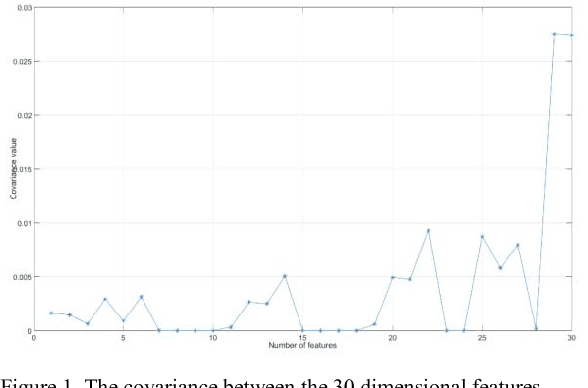
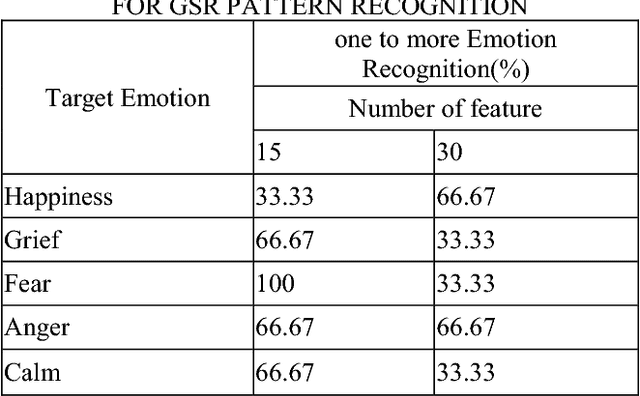
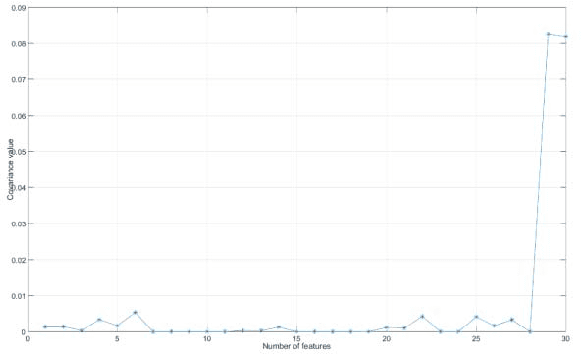
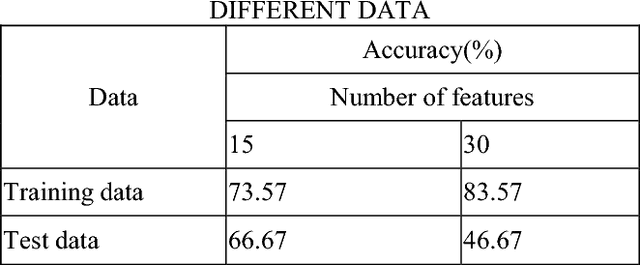
Abstract:A novel human emotion recognition method based on automatically selected Galvanic Skin Response (GSR) signal features and SVM is proposed in this paper. GSR signals were acquired by e-Health Sensor Platform V2.0. Then, the data is de-noised by wavelet function and normalized to get rid of the individual difference. 30 features are extracted from the normalized data, however, directly using of these features will lead to a low recognition rate. In order to gain the optimized features, a covariance based feature selection is employed in our method. Finally, a SVM with input of the optimized features is utilized to achieve the human emotion recognition. The experimental results indicate that the proposed method leads to good human emotion recognition, and the recognition accuracy is more than 66.67%.
RL-CoSeg : A Novel Image Co-Segmentation Algorithm with Deep Reinforcement Learning
Apr 12, 2022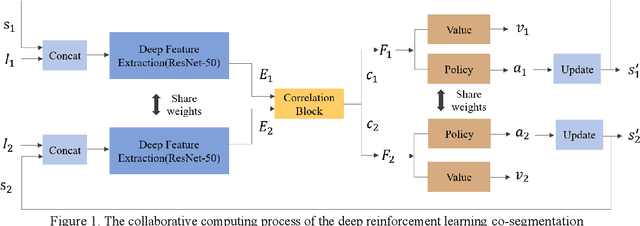
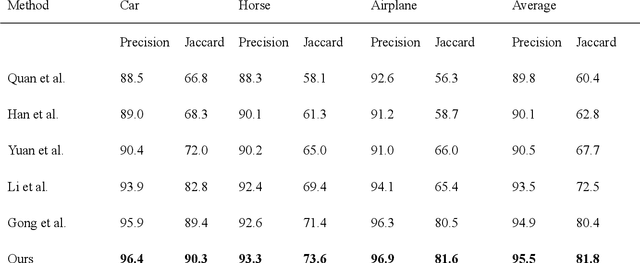
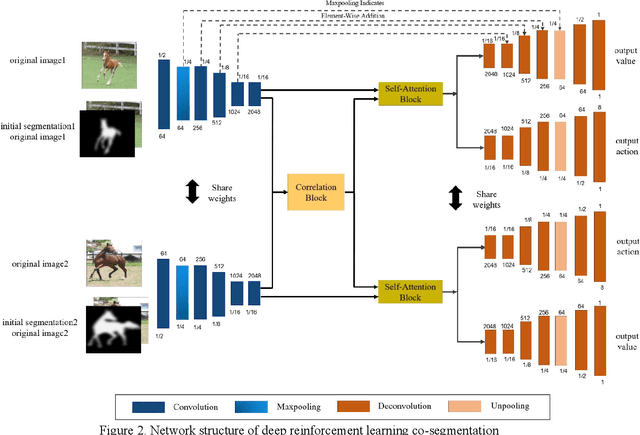
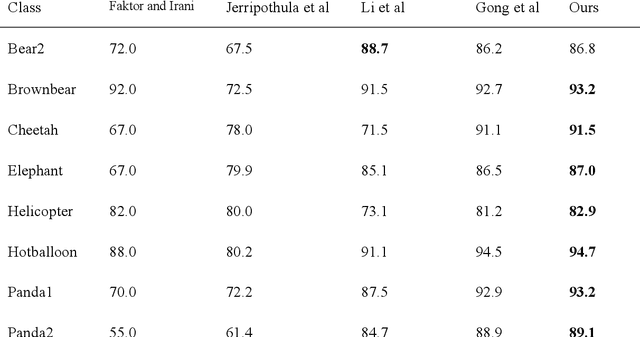
Abstract:This paper proposes an automatic image co-segmentation algorithm based on deep reinforcement learning (RL). Existing co-segmentation tasks mainly rely on deep learning methods, and the obtained foreground edges are often rough. In order to obtain more precise foreground edges, we use deep RL to solve this problem and achieve the finer segmentation. To our best knowledge, this is the first work to apply RL methods to co-segmentation. We define the problem as a Markov Decision Process (MDP) and optimize it by RL with asynchronous advantage actor-critic (A3C). The RL image co-segmentation network uses the correlation between images to segment common and salient objects from a set of related images. In order to achieve automatic segmentation, our RL-CoSeg method eliminates user's hints. For the image co-segmentation problem, we propose a collaborative RL algorithm based on the A3C model. We propose a Siamese RL co-segmentation network structure to obtain the co-attention of images for co-segmentation. We improve the self-attention for automatic RL algorithm to obtain long-distance dependence and enlarge the receptive field. The image feature information obtained by self-attention can be used to supplement the deleted user's hints and help to obtain more accurate actions. Experimental results have shown that our method can improve the performance effectively on both coarse and fine initial segmentations, and it achieves the state-of-the-art performance on Internet dataset, iCoseg dataset and MLMR-COS dataset.
A Dense Siamese U-Net trained with Edge Enhanced 3D IOU Loss for Image Co-segmentation
Aug 17, 2021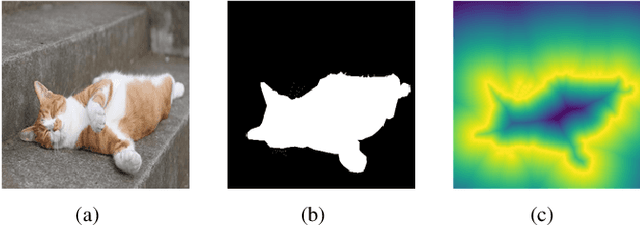

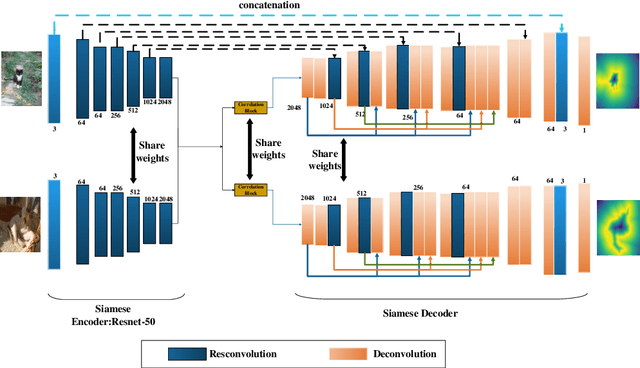

Abstract:Image co-segmentation has attracted a lot of attentions in computer vision community. In this paper, we propose a new approach to image co-segmentation through introducing the dense connections into the decoder path of Siamese U-net and presenting a new edge enhanced 3D IOU loss measured over distance maps. Considering the rigorous mapping between the signed normalized distance map (SNDM) and the binary segmentation mask, we estimate the SNDMs directly from original images and use them to determine the segmentation results. We apply the Siamese U-net for solving this problem and improve its effectiveness by densely connecting each layer with subsequent layers in the decoder path. Furthermore, a new learning loss is designed to measure the 3D intersection over union (IOU) between the generated SNDMs and the labeled SNDMs. The experimental results on commonly used datasets for image co-segmentation demonstrate the effectiveness of our presented dense structure and edge enhanced 3D IOU loss of SNDM. To our best knowledge, they lead to the state-of-the-art performance on the Internet and iCoseg datasets.
A New Three-stage Curriculum Learning Approach to Deep Network Based Liver Tumor Segmentation
Oct 17, 2019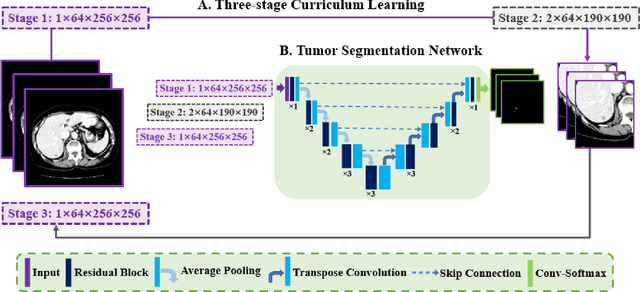

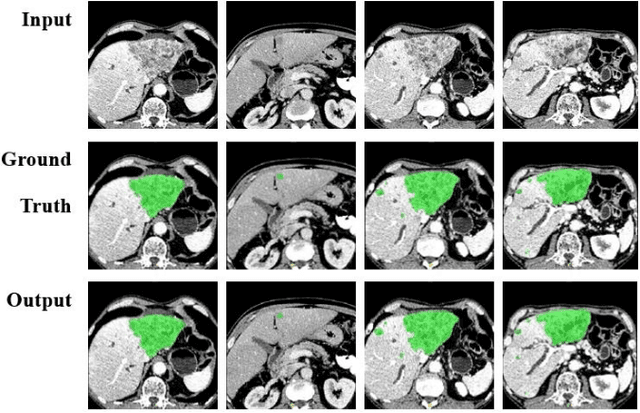
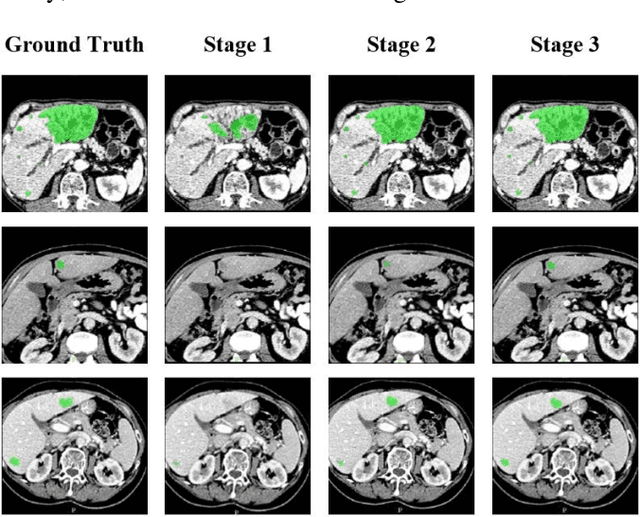
Abstract:Automatic segmentation of liver tumors in medical images is crucial for the computer-aided diagnosis and therapy. It is a challenging task, since the tumors are notoriously small against the background voxels. This paper proposes a new three-stage curriculum learning approach for training deep networks to tackle this small object segmentation problem. The learning in the first stage is performed on the whole input to obtain an initial deep network for tumor segmenta-tion. Then the second stage of learning focuses the strength-ening of tumor specific features by continuing training the network on the tumor patches. Finally, we retrain the net-work on the whole input in the third stage, in order that the tumor specific features and the global context can be inte-grated ideally under the segmentation objective. Benefitting from the proposed learning approach, we only need to em-ploy one single network to segment the tumors directly. We evaluated our approach on the 2017 MICCAI Liver Tumor Segmentation challenge dataset. In the experiments, our approach exhibits significant improvement compared with the commonly used cascaded counterpart.
 Add to Chrome
Add to Chrome Add to Firefox
Add to Firefox Add to Edge
Add to Edge